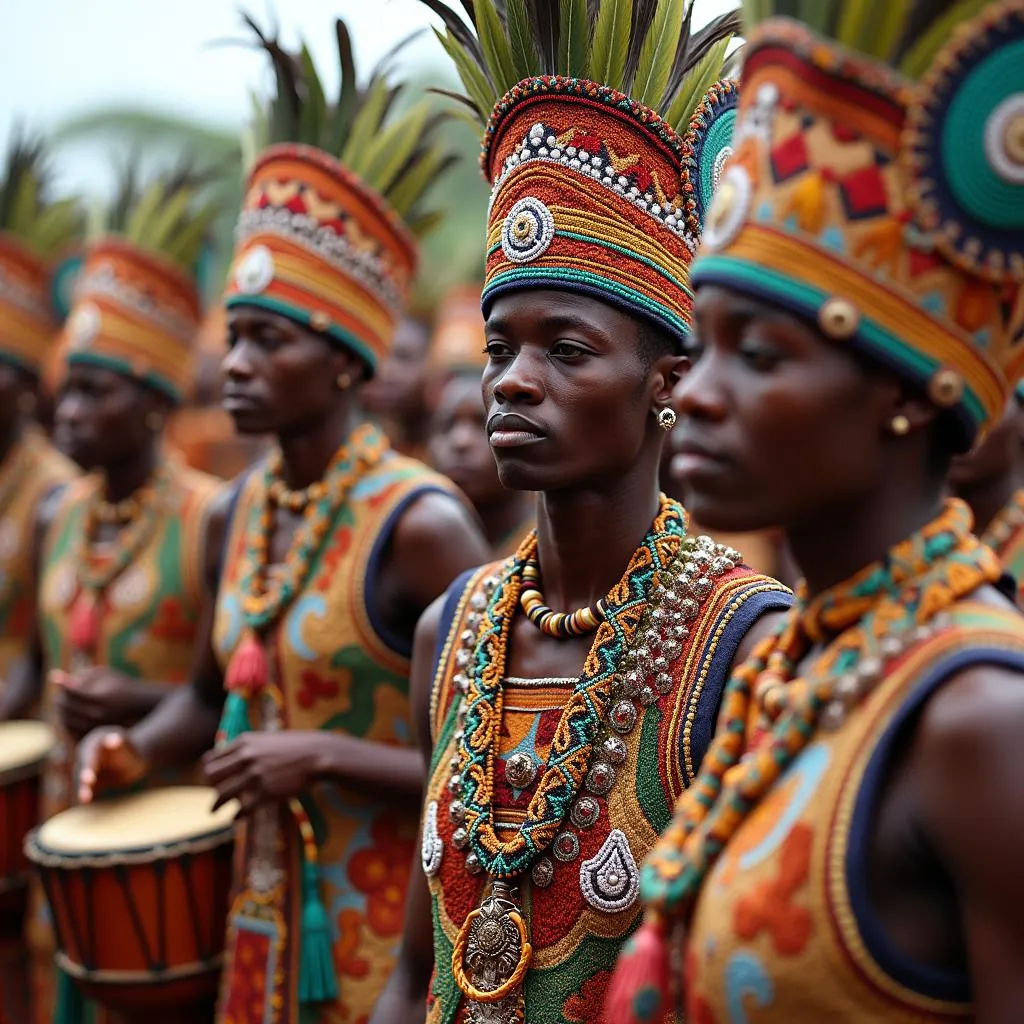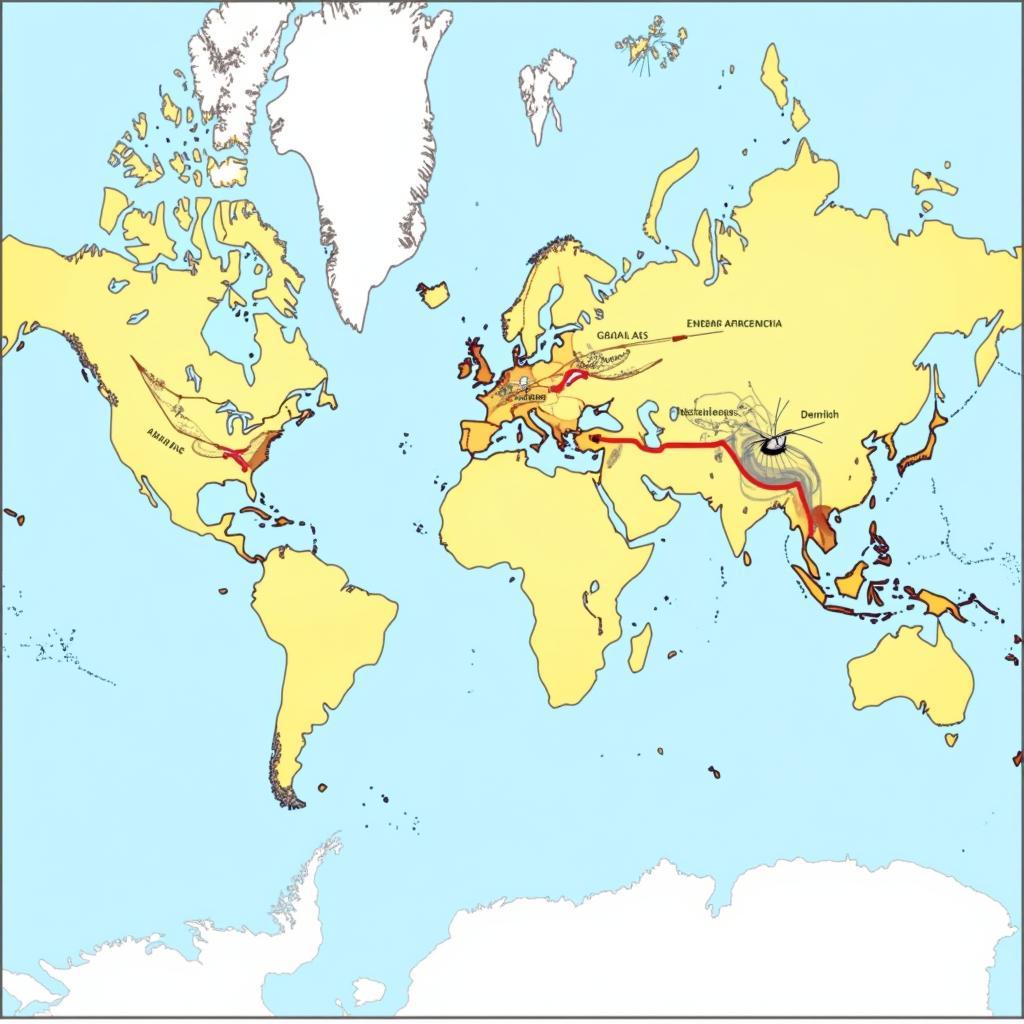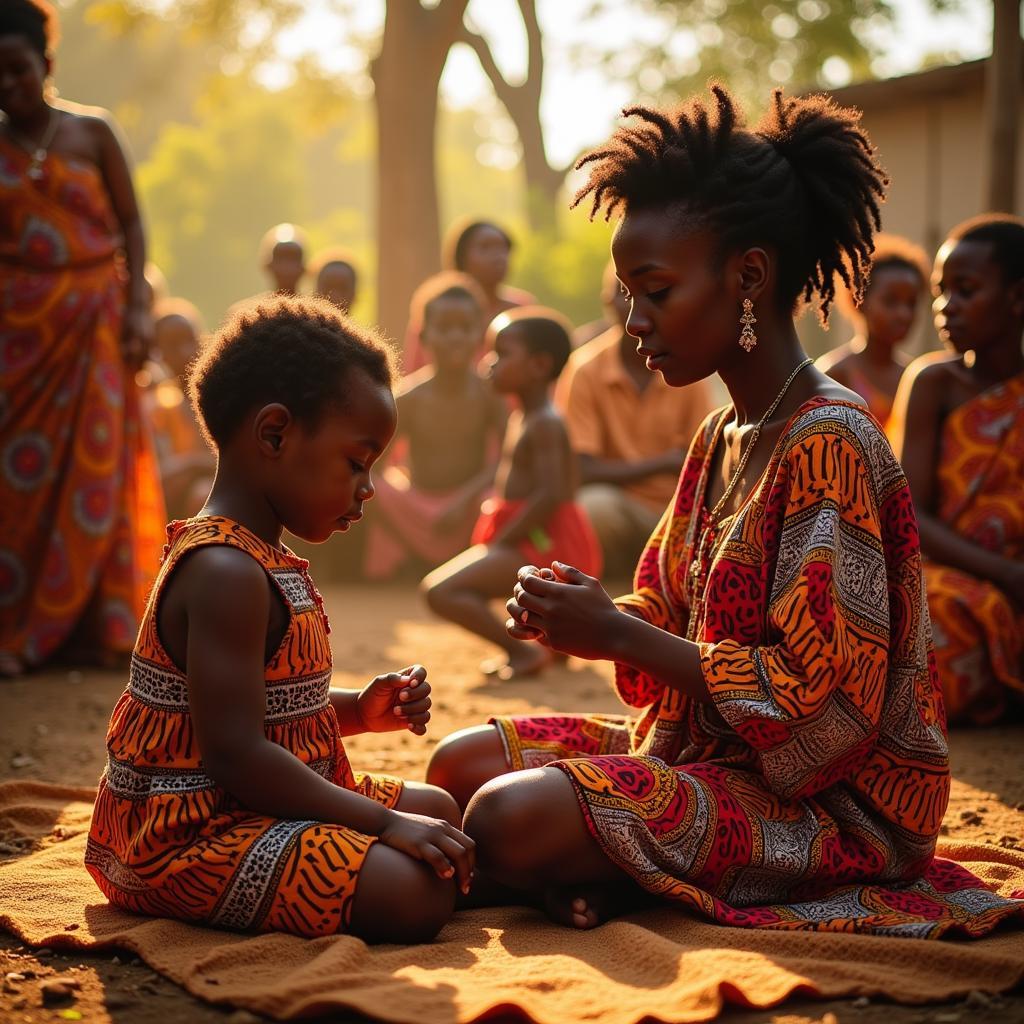South African Penguins: A Waddling Wonder in a Unique Habitat
South Africa’s coastline is home to a delightful and unique species: the African penguin. These charismatic birds, often called “jackass penguins” due to their braying calls, are a captivating sight, waddling across the beaches and diving into the icy waters of the Atlantic Ocean. Their presence adds a special charm to the South African landscape, making them a popular attraction for tourists and a vital part of the local ecosystem.
Where to Find These Charming Creatures
African penguins are found primarily along the southwestern coast of South Africa, with the majority inhabiting the Boulders Beach in Simon’s Town and the Stony Point colony in Betty’s Bay. These locations offer unique opportunities to observe these penguins in their natural habitat, showcasing their distinctive behavior and captivating charm.
Boulders Beach: A Penguin Paradise
Boulders Beach, near Cape Town, is renowned for its colony of African penguins. This beach is considered one of the most accessible and well-known penguin sanctuaries in the world. The penguins thrive in this protected environment, offering visitors a remarkable opportunity to interact with these fascinating creatures.
Stony Point: A Natural Haven
Another captivating penguin colony is found at Stony Point, located near Betty’s Bay. This colony is characterized by its dramatic cliffside setting, offering stunning views of the penguins as they navigate their rocky environment. The area also boasts a well-maintained boardwalk, allowing visitors to witness the penguins up close and enjoy a unique perspective on their habitat.
Why are South African Penguins Facing Threats?
While these penguins are a source of joy and admiration, they face significant challenges in their struggle for survival. The African penguin population has been steadily declining, primarily due to factors like climate change, overfishing, pollution, and habitat loss.
Climate Change: A Shifting Landscape
The changing climate is impacting penguins in various ways, including shifts in ocean currents, changes in food availability, and rising sea levels. These changes pose a serious threat to the survival of these species, altering their natural habitat and disrupting their food chain.
Overfishing: Depleting Food Sources
The practice of overfishing depletes the populations of fish that serve as a vital food source for penguins. This loss of prey can lead to starvation and weaken their ability to survive and reproduce, impacting their overall population numbers.
Pollution: A Silent Killer
Pollution, from both land-based and marine sources, poses a significant threat to penguins. Oil spills, plastic debris, and chemical contaminants can cause severe damage to their health, leading to poisoning, entanglement, and even death.
Habitat Loss: A Shrinking Home
The loss of penguin breeding grounds due to human development and coastal erosion is another major challenge. As their nesting sites are destroyed, their ability to reproduce and raise their young is severely impacted, further diminishing their population numbers.
Conservation Efforts: Protecting These Waddling Wonders
The plight of South African Penguins has triggered widespread concern and motivated a range of conservation efforts. These initiatives are aimed at protecting these endangered species and ensuring their continued survival.
Sanctuary Programs: Creating Safe Havens
The establishment of penguin sanctuaries, like Boulders Beach and Stony Point, provides protected areas for these birds to breed and raise their young. These sanctuaries play a crucial role in safeguarding their populations and providing visitors with an opportunity to experience these incredible creatures.
Research and Monitoring: Understanding Their Needs
Scientific research and monitoring programs are crucial to understanding the challenges faced by penguins and developing effective conservation strategies. By studying their behavior, habitat, and threats, scientists can better inform conservation efforts and address the specific needs of these birds.
Public Awareness: Spreading the Message
Raising awareness about the importance of penguins and the threats they face is crucial to fostering public support for conservation efforts. Educating the public about these issues can motivate responsible actions and inspire individuals to become active participants in protecting these valuable species.
A Glimpse into the Life of a South African Penguin
These flightless birds lead a fascinating life adapted to their unique environment. Let’s take a deeper look into their daily routines and fascinating characteristics:
Waddling and Diving: A Unique Form of Movement
African penguins are known for their comical waddle on land, using their short legs and webbed feet to navigate their environment. But their true expertise lies in their diving ability. They can dive to depths of up to 130 meters, using their streamlined bodies and powerful wings to propel themselves through the water.
Social Birds: Living in Colonies
These penguins are highly social creatures, forming large colonies on the beaches. They communicate through a variety of vocalizations, including their characteristic braying calls. These calls play a crucial role in coordinating their activities, attracting mates, and recognizing their young.
Fish-Loving Feast: A Diet of Delights
African penguins are primarily fish eaters, consuming a variety of species like anchovies, sardines, and squid. Their diet is essential to their survival, providing the energy they need to maintain their active lifestyle and thrive in their harsh environment.
Frequently Asked Questions
Q: What is the best time to visit the penguins in South Africa?
A: The best time to visit the penguins is during the breeding season, which typically runs from April to August.
Q: Are the penguins aggressive?
A: No, African penguins are generally not aggressive towards humans. However, it’s important to respect their space and avoid getting too close.
Q: Can I touch the penguins?
A: It’s strongly discouraged to touch the penguins. They can be easily stressed, and their feathers can harbor parasites and diseases.
Q: How can I help protect South African penguins?
A: You can support conservation organizations working to protect penguins, reduce your plastic usage, and support sustainable fishing practices.
A Call to Action: Supporting the Survival of South African Penguins
The survival of South African penguins is a shared responsibility. By understanding the challenges they face and supporting conservation efforts, we can help ensure their continued presence on the South African coast. These charismatic creatures deserve our protection and admiration, and by joining hands in conservation efforts, we can contribute to their survival and legacy for generations to come.



